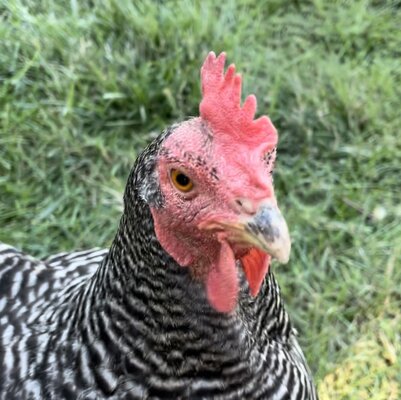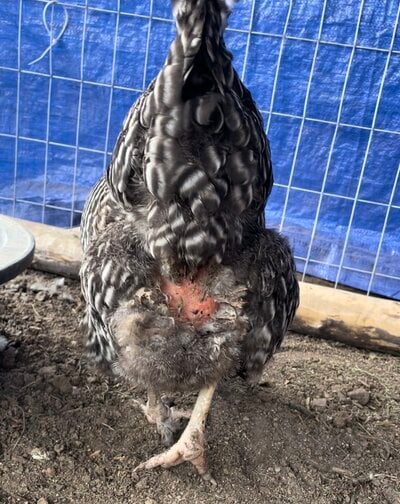PhenixJiRa
Songster
This hen has been losing feathers around her eyes slowly over several months. She doesn't appear to have bugs or anything else wrong that I can find. She is two years old and has never fully molted so I'm not sure if that's what this is. (I have 4 hens and only 1 fully molted last year)
She does have feather loss under her vent so I was considering water belly but she has no other symptoms and continues to lay eggs. However, her egg laying is decreasing down to about 3 times a week from maybe 5 times. She has always had weak eggs that crack by tapping them (even during her first year).
So I'm just not sure what to think. I can take her to a vet but don't really want to separate her from the flock since she's the 'leader' and I fear would not last too long if her crown was removed by another hen.
Thoughts on what this could be and if there is anything to be done? I've read that water belly is ultimately a bad thing!
She does have feather loss under her vent so I was considering water belly but she has no other symptoms and continues to lay eggs. However, her egg laying is decreasing down to about 3 times a week from maybe 5 times. She has always had weak eggs that crack by tapping them (even during her first year).
So I'm just not sure what to think. I can take her to a vet but don't really want to separate her from the flock since she's the 'leader' and I fear would not last too long if her crown was removed by another hen.
Thoughts on what this could be and if there is anything to be done? I've read that water belly is ultimately a bad thing!




